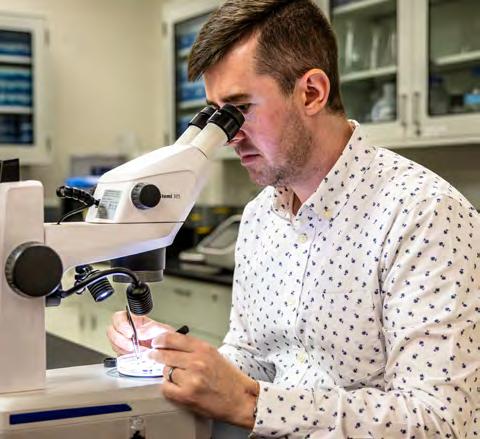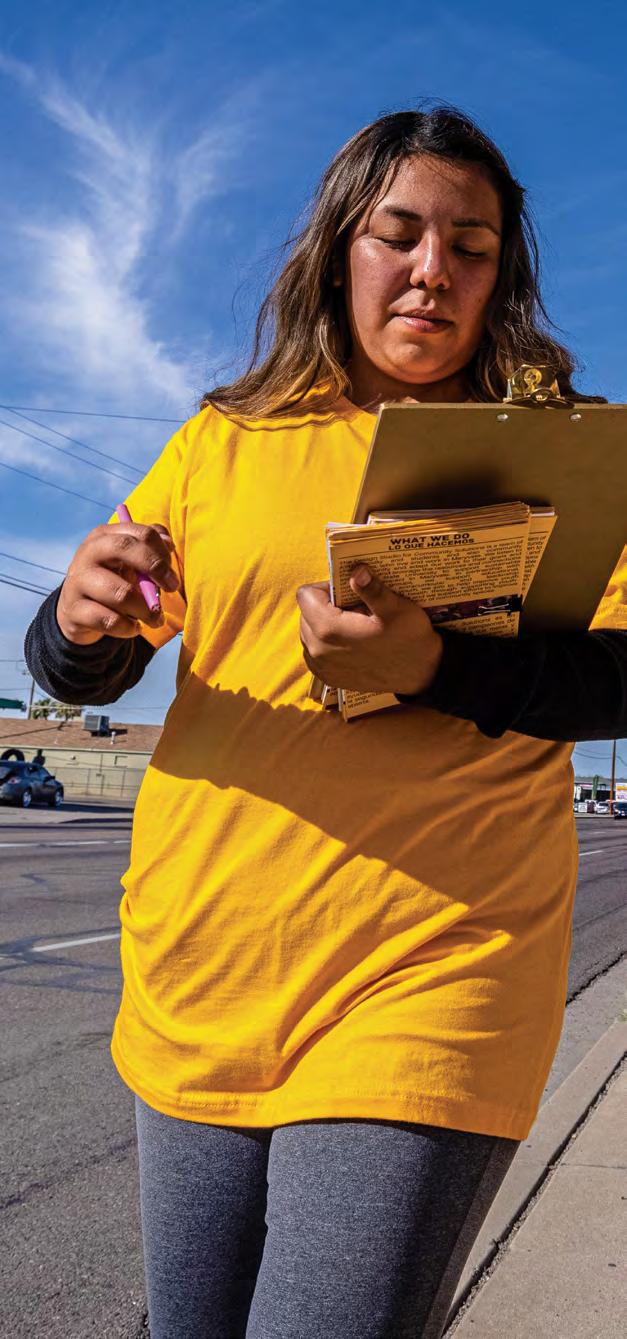
1 minute read
CS‘fly’
ASU professor develops advanced blowfly database to help solve murders

When detectives arrive on the scene of a murder, many questions arise. When did the murder take place? What was the cause of death? Was the body moved? The answers to these questions can come from an unexpected source — blowflies.
According to Jonathan Parrott, assistant professor of forensic science at ASU, blowflies may arrive on a crime scene just 10 minutes after a murder. They are drawn by body fluids and gasses associated with the decomposition of an open-air corpse, and like a fly on the wall, can reveal secrets about the homicide.
But to accurately answer these questions, investigators need to know the precise life cycle of the blowflies. That’s where Parrott’s research comes in.
For the past two years, the forensic entomologist has been developing one of Arizona’s first and muchneeded genetic and developmental databases of forensically important blowflies to assist both crime scene investigators and the courts. The data will help determine more accurate and robust time-of-death estimations from insect evidence.
“Up until now, this data was missing from flies in Arizona,” says Parrott, who works in ASU’s New College of Interdisciplinary Arts and Sciences.
“What makes our research unique is that there has not been any DNA data alongside developmental work from Arizona blowflies available prior to our project,” says Parrott, who is also an executive committee member of ASU’s Future of Forensic Science Initiative — a transdisciplinary hub of scientists and practitioners pioneering a world-class intellectual space for forensic science.

Second-year business management major Wendy Ruiz, left, and Karolina Arredondo, a community champion, go door-todoor in Maryvale. They are Maryvale High School graduates and now part of the Design Studio for Community Solutions. They are surveying residents to offer school supplies and internet service.









